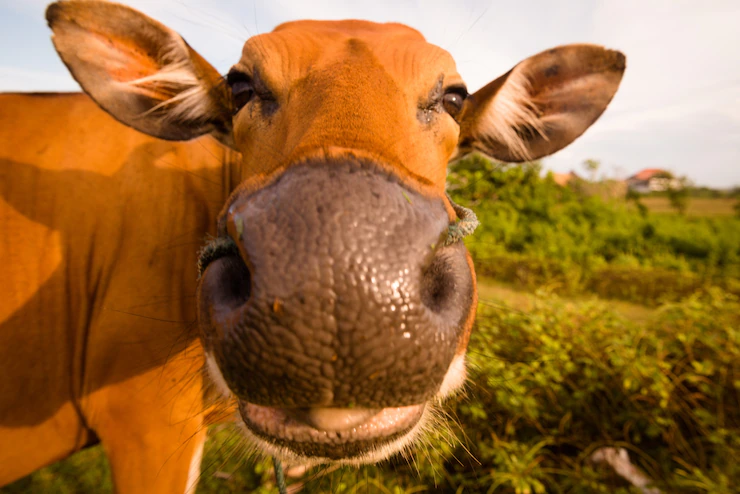Foot and Mouth Disease (FMD) is a highly contagious viral disease that affects cloven-hoofed animals, including cattle. Here are some common symptoms of Foot and Mouth Disease that you should look out for in cattle:
- Fever: Infected cattle may exhibit a sudden rise in body temperature.
- Loss of appetite: Cattle with FMD may show a decrease in feed intake and have a reduced interest in grazing or consuming food.
- Mouth lesions: One of the most characteristic signs of FMD in cattle is the presence of painful blisters or sores in the mouth, on the tongue, gums, and lips. These lesions can cause drooling and difficulty in eating.
- Lameness: FMD can cause severe lameness in cattle. They may have difficulty walking or may be reluctant to bear weight on their feet due to painful foot lesions.
- Excessive salivation: Cattle affected by FMD may have excessive salivation or drooling due to the oral lesions.
- Vesicles and blisters: FMD can lead to the development of fluid-filled vesicles and blisters on the feet, especially between the toes and on the coronary band (the area where the hoof and skin meet).
- Reluctance to move: Cattle with FMD may show signs of reluctance to move or exhibit a stiff gait due to pain and lameness.
- Decreased milk production: Infected dairy cows may experience a sudden drop in milk production.
It’s important to note that these symptoms can also be indicative of other diseases. If you suspect FMD or observe any of these symptoms in your cattle, it is crucial to contact a veterinarian or the relevant animal health authorities immediately for proper diagnosis and guidance. FMD is a notifiable disease, meaning it must be reported to the appropriate authorities to prevent its spread to other livestock.
Join 'Farmers Mag' WhatsApp Channel
Get the latest Farming news and tips delivered straight to your WhatsApp
CLICK HERE TO JOIN






